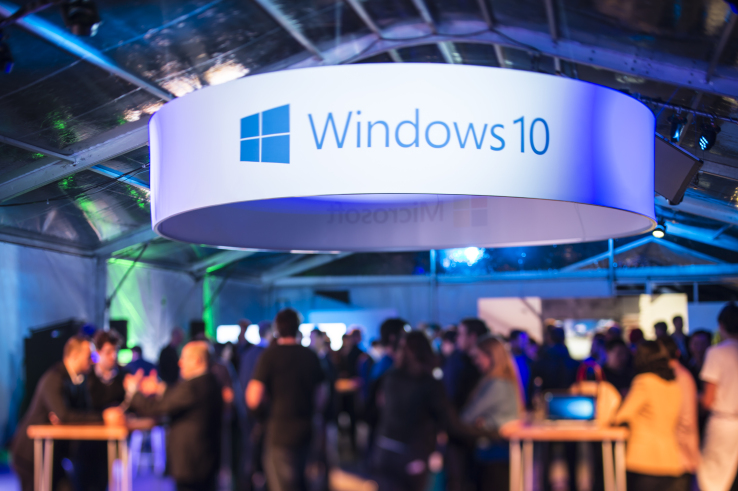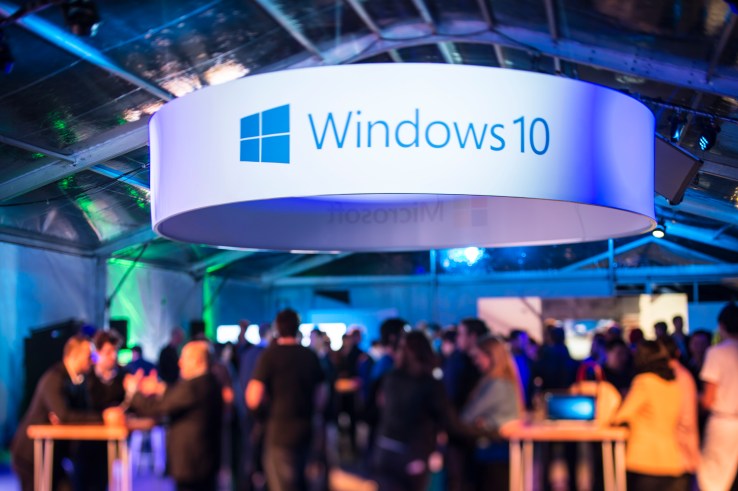

Microsoft today announced its AI Platform for Windows developers, a new set of tools that will soon help developers to bring the machine learning models they trained in the cloud to their desktop apps. The AI platform in Windows 10, which will launch with the next major version of Windows, will make use of the GPU on your local machine and allows developers to run their models in real time and without the need for a round trip to the cloud.
“What we are building really completes the story for Microsoft from an AI perspective,” Microsoft Partner Group program manager Kam VedBrat told me. In the past, Microsoft talked a lot about its machine learning infrastructure in the cloud and the tooling it built around this. With this, developers can now easily build their models in the cloud, using their framework of choice and then easily integrate these models with their desktop apps, using Visual Studio and some of the other tooling Microsoft is building for this.
At the core of this is Onnx, a project that is backed by Microsoft, Facebook and Amazon. It allows developers to convert Caffe2, PyTorch, CNTK and other models into the Onnx format to move them between frameworks as necessary.
Microsoft will also allow developers to build image recognition models with the Azure Custom Vision Service and export them for use in Windows ML. Unlike working with traditional framework, a developer doesn’t need to know about the intricacies of building machine learning models to do this. All they need to do is give the service their tagged training data.
These models then make use of the silicon that’s available to them in any given machine, which most likely means a DirectX 12 graphics card or, if that’s not available, the CPU. But the platform will also offer a flexible API for accessing other hardware, including future Intel Movidius vision processing units, for example.
The advantage here, Microsoft corporate VP Kevin Gallo told me, is not just lower latency and increased privacy for your users’ data, but also cost. Running these models in the cloud does, after all, incur a cost that can quickly add up. When they run on the desktop, though, that’s a non-issue.
Starting with the next preview of Visual Studio 15.7, developers can simply add an ONNX file to their Universal Windows Platform (UWP) apps and Visual Studio will generate a model interface for the project. Microsoft will also make tooling for previous versions of Visual Studio available and it’ll add this capability to the Visual Studio tools for AI, too.
Featured Image: James D. Morgan/Getty Images

